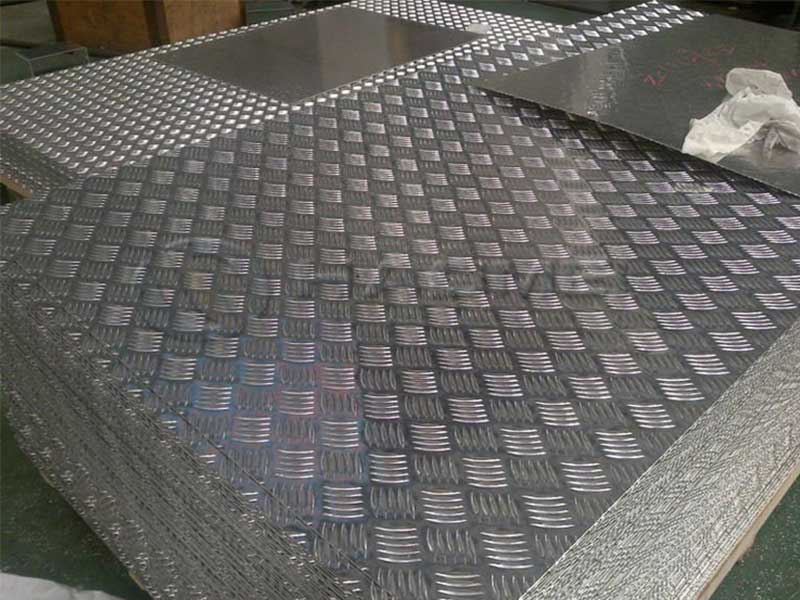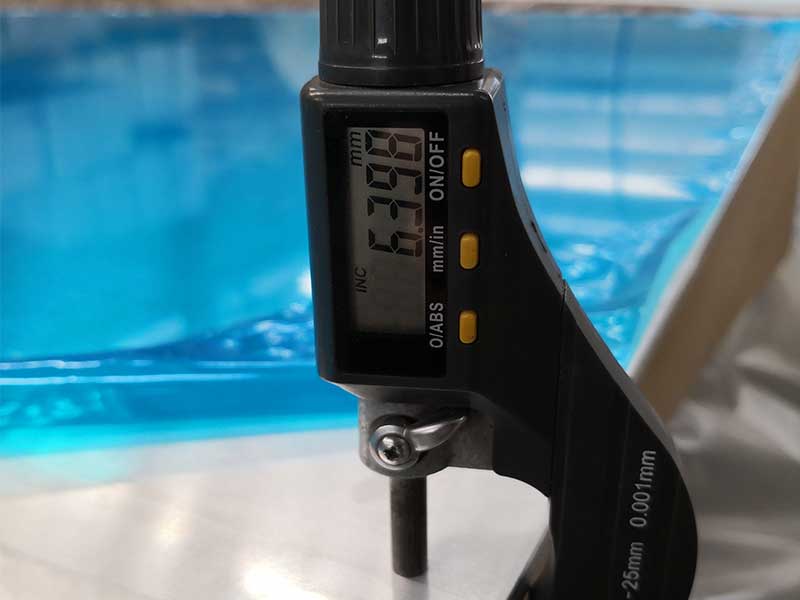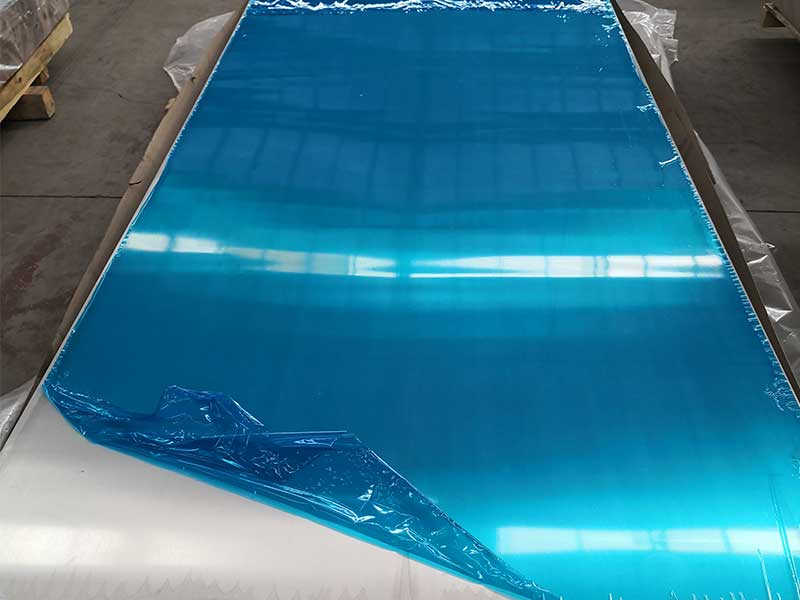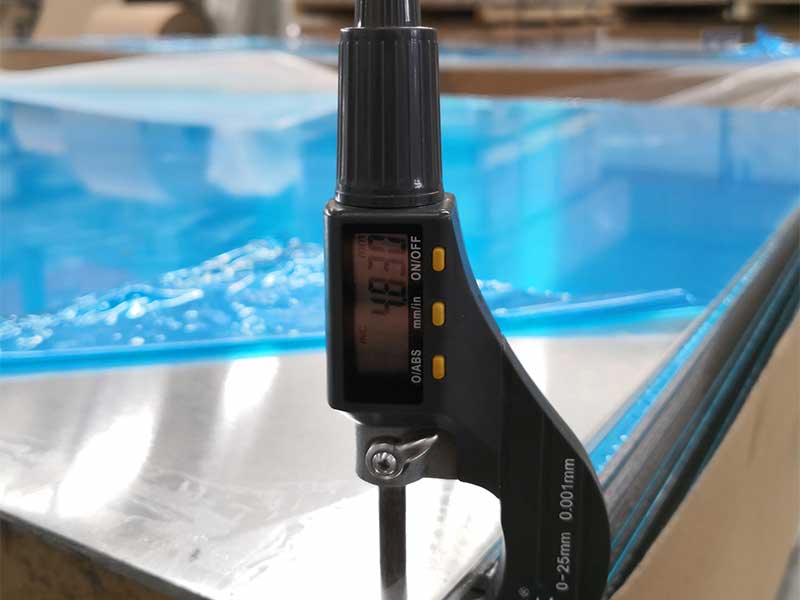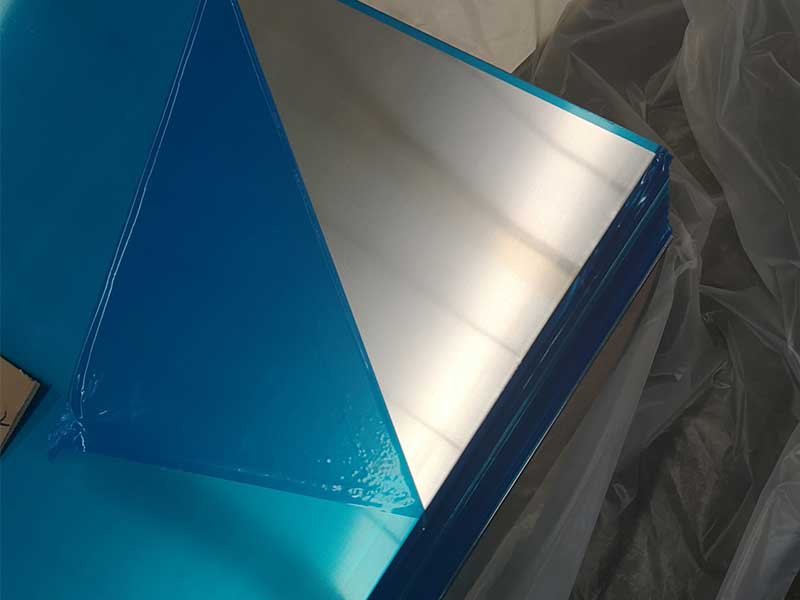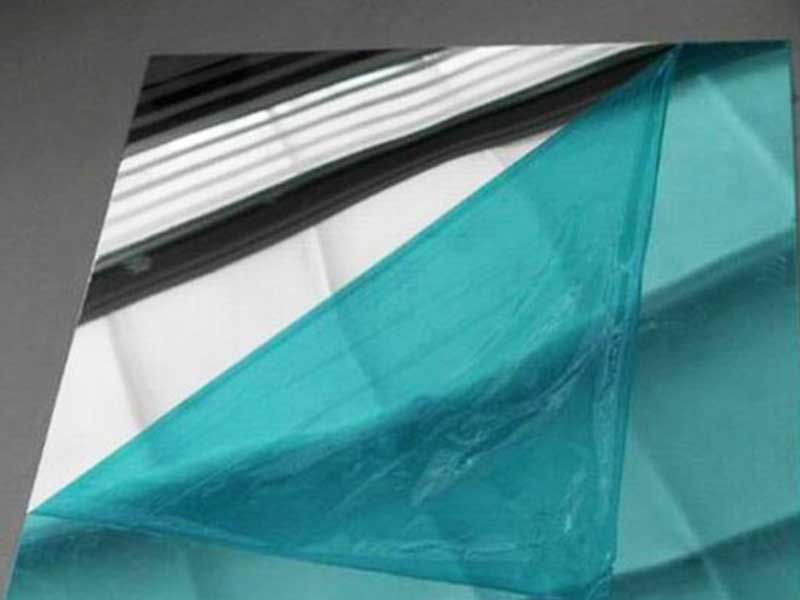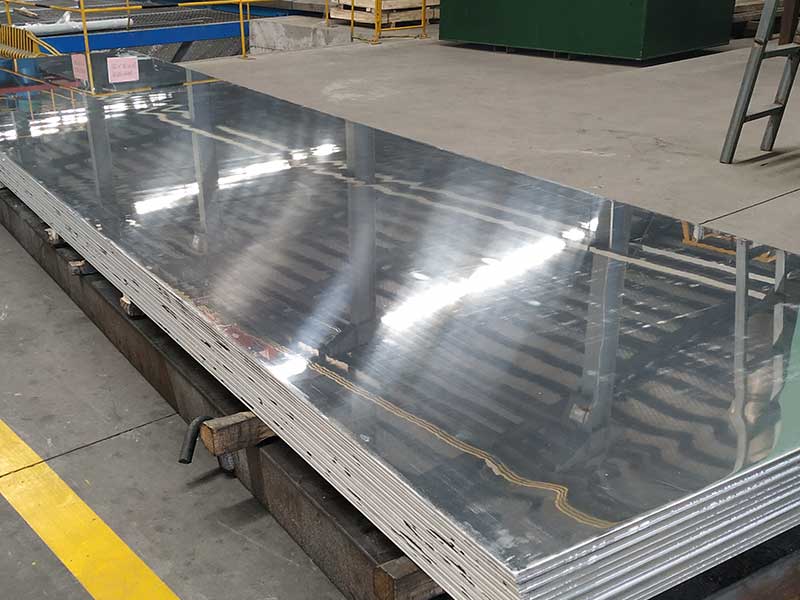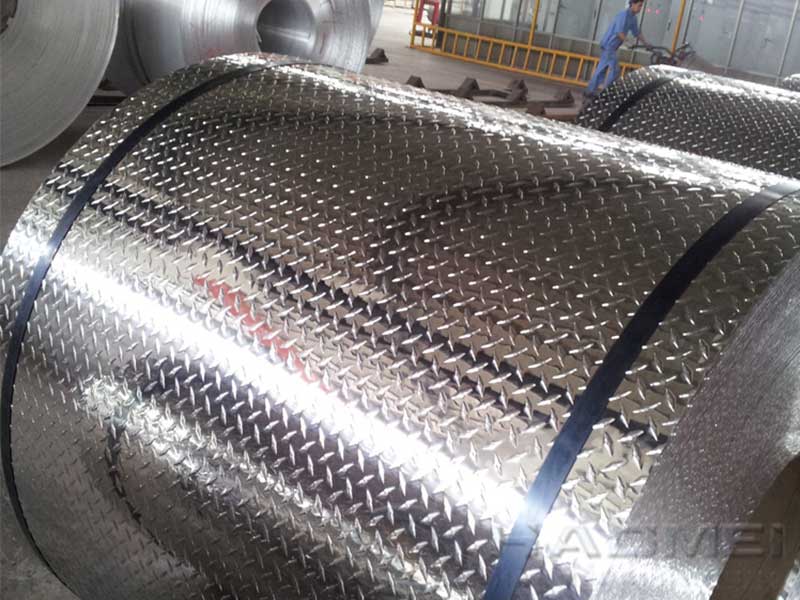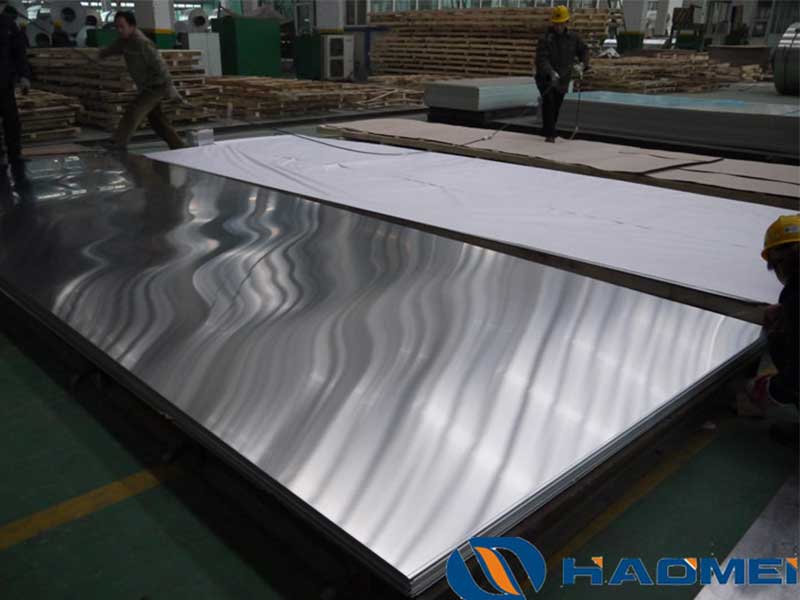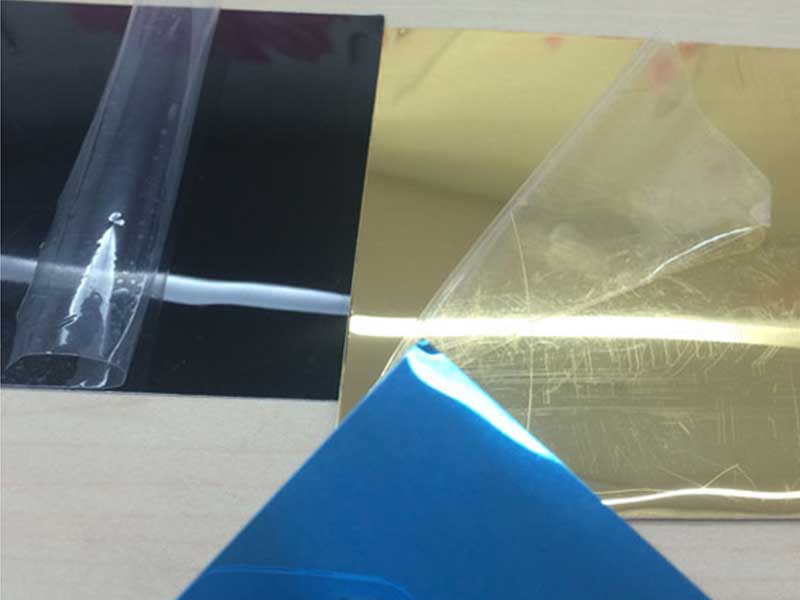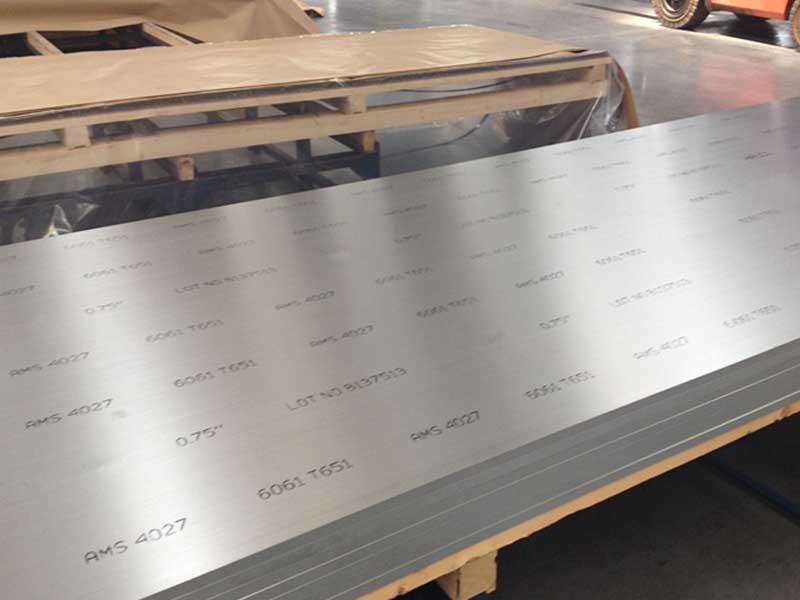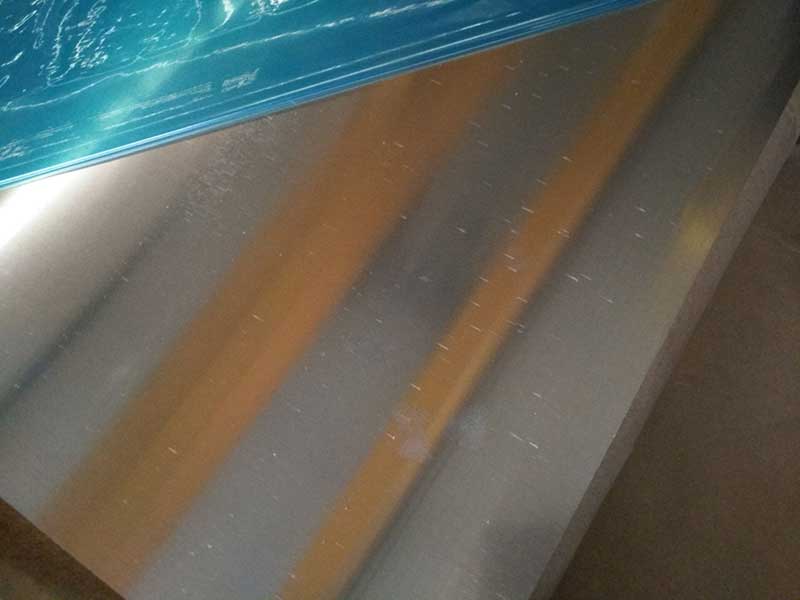2025-05-05 https://www.aluminum-coils.com/a/decoration-aluminium.html
Decoration Aluminium: A Fusion of Functionality and Aesthetic Brilliance
In the realm of modern architecture and interior design, materials must do more than just occupy space—they need to resonate with creativity while delivering practical performance. Decoration aluminium has emerged as a versatile champion in this domain, seamlessly bridging the gap between utility and visual appeal.
The Functional Essence of Decoration Aluminium
At its core, decoration aluminium is not merely a visually appealing surface; it embodies remarkable functional attributes inherent to aluminium’s unique metallurgical properties. Aluminium sheets used for decorative purposes undergo sophisticated finishing processes such as anodizing, brushing, polishing, and powder coating. These techniques not only enhance surface aesthetics but drastically improve corrosion resistance, surface hardness, and reflectivity.
In our aluminum sheet production, "decoration aluminum" presents a fascinating blend of aesthetics and practicality. We've seen a significant shift away from solely relying on powder coating towards more sophisticated techniques like anodizing and printing, driven by customer demand for diverse finishes and increased durability. Anodizing, for example, offers superior corrosion resistance and a wider range of color options than traditional painting, making it ideal for exterior applications like architectural cladding or automotive parts. However, the process requires precise control of parameters like voltage and temperature to achieve consistent results and avoid defects. We also face challenges in ensuring uniform print quality across large sheets, particularly when dealing with intricate designs or gradients. The choice of decoration method often hinges on a delicate balance between aesthetic appeal, cost-effectiveness, and the required performance characteristics for the end product.
Beyond the purely technical aspects, market trends play a crucial role in shaping our approach to decoration aluminum. Currently, we're witnessing growing interest in sustainable and eco-friendly finishes. This means low-VOC coatings, recycled materials in the printing process, and developing anodizing techniques that minimize waste. Furthermore, the demand for personalized designs and customization is on the rise, requiring us to invest in flexible and adaptable production lines. We're actively researching digital printing methods capable of handling intricate and high-resolution designs, allowing for short run productions and quick turnaround times catering to unique client specifications. Managing these evolving demands requires continuous innovation and
What sets decoration aluminium apart is its durability melded with lightweight nature. Unlike traditional decorative metals, this aluminium variant holds a high strength-to-weight ratio, making it exceptionally easy to fabricate into complex, artistic forms without compromising structural integrity. The conductive nature also means it can be integrated with lighting systems for dynamic illuminated installations, adding another dimension to design possibilities.
Technical Distinctiveness Through Surface Technology
The aesthetic appeal of decoration aluminium extends beyond mere paintwork. Advanced anodization—an electrochemical process—converts the aluminium surface into a finished layer of aluminium oxide, drastically improving wear resistance and enabling vivid color integration. Unlike conventional painting, anodized surfaces maintain color without peeling or fading, even under harsh UV radiation and moisture exposure.
Another innovation comes in the form of micro-embossing and laser etching. These tools create precision textures and patterns, affording designers control over tactile experiences and light refraction. This capability allows architecture and product designers to influence ambiance subtly, where surface textures respond to natural light throughout the day, modulating warmth and depth in interior environments.
Application Spectrum: Where Form Meets Function
Decoration aluminium has a formidable presence across diverse industries:
-
Architectural Panels & Facades: Its resilience to weather and pollutants paired with eye-catching brushed or anodized finishes elevates façade aesthetics while serving protective functions. Lightweight panels reduce structural load, promoting sustainability.
-
Furniture & Interior Elements: Tailor-made aluminium sheets form artistic wall claddings, ceiling tiles, and trims that withstand abrasion yet remain visually vibrant, contributing modernity to residential and commercial interiors.
-
Consumer Electronics: The material’s precision machinability and high radiative heat dissipation make it valued for premium laptop casings and speaker grilles combining robust latent heat functions and decorative sophistication.
-
Automotive & Transportation Detailing: Cosmetic trims exploit decoration aluminium’s corrosion-resistant and weatherproof finish without adding excessive mass, enhancing vehicle aesthetics while optimizing fuel efficiency.

